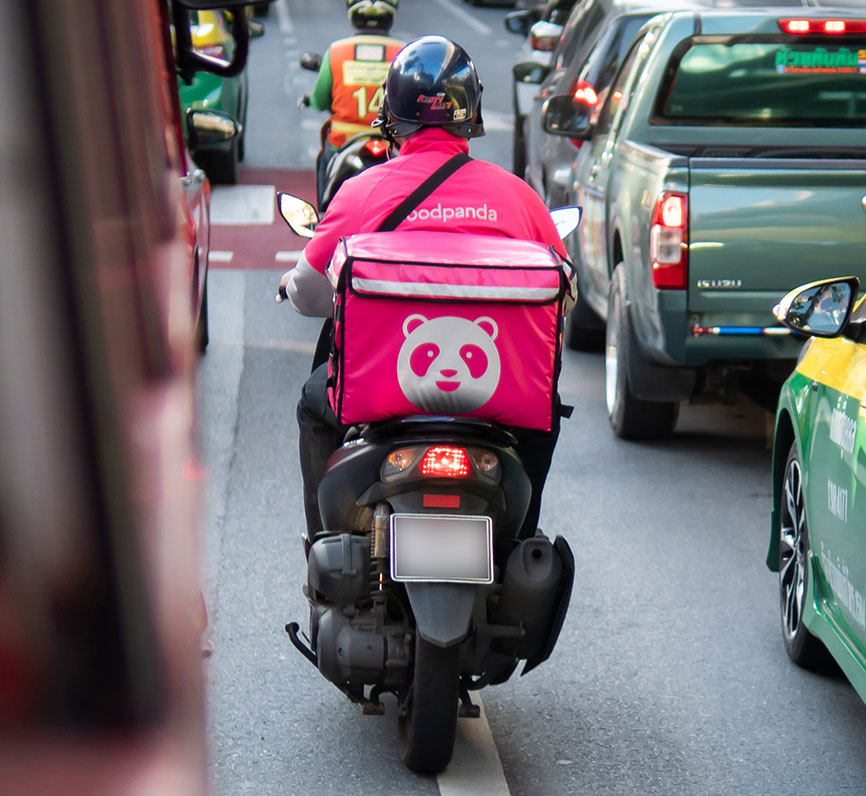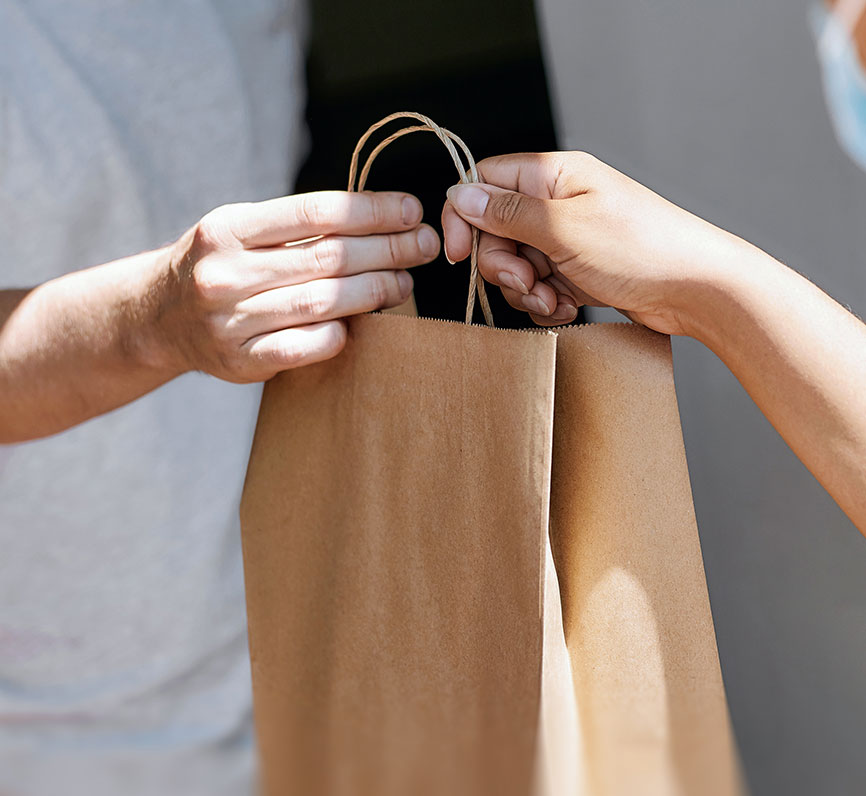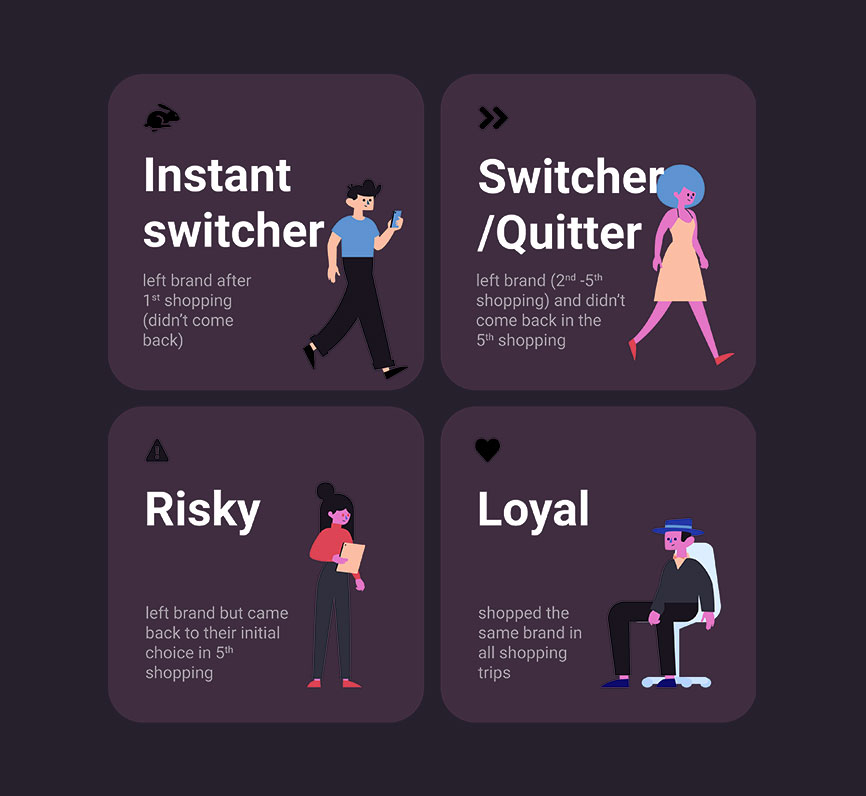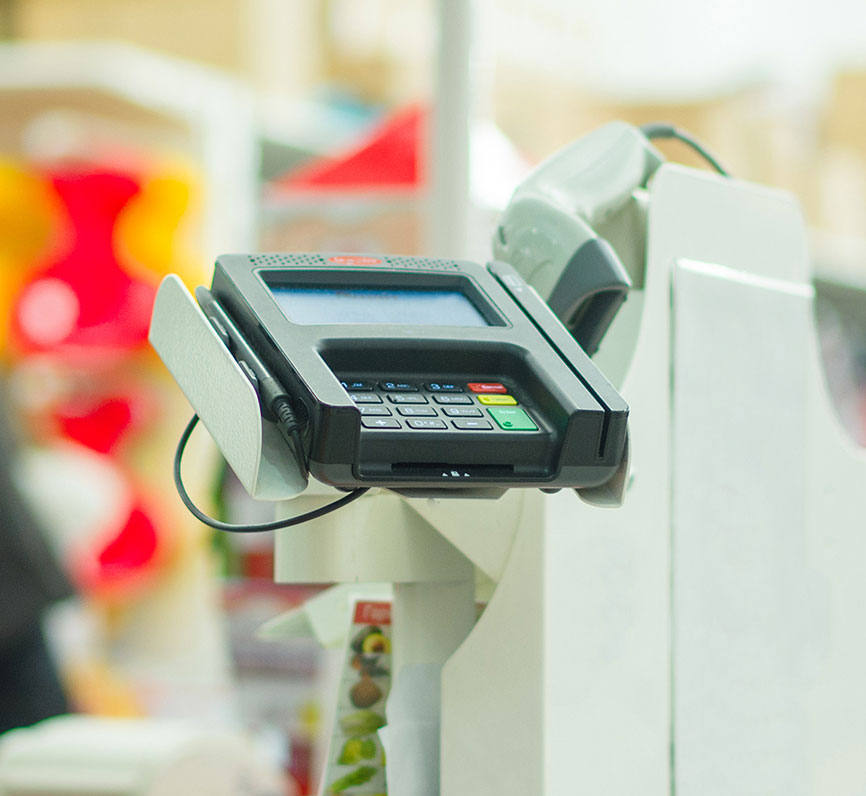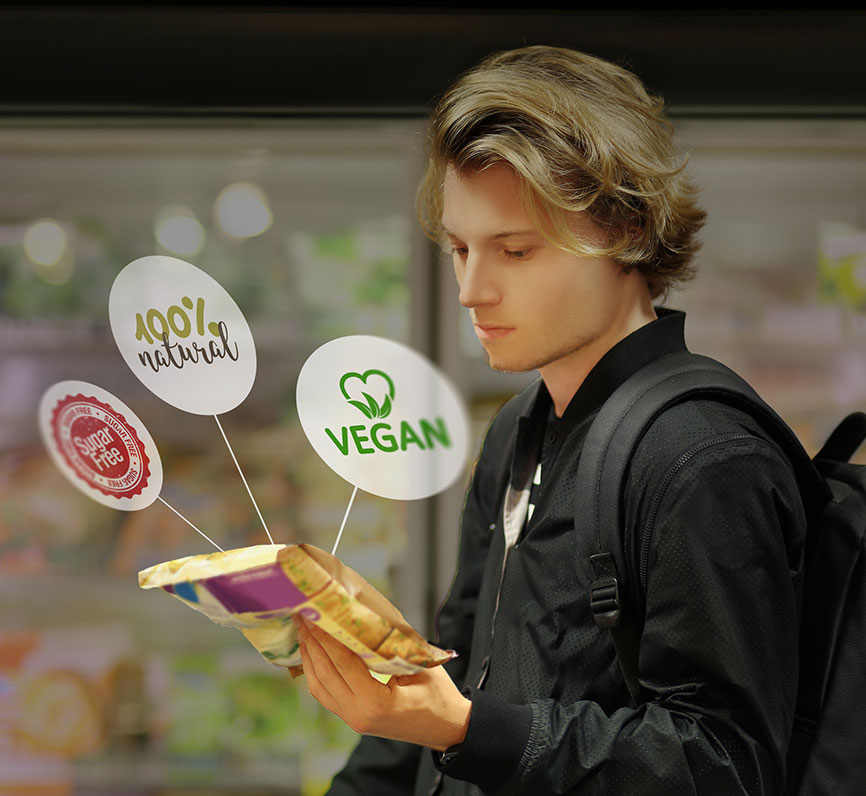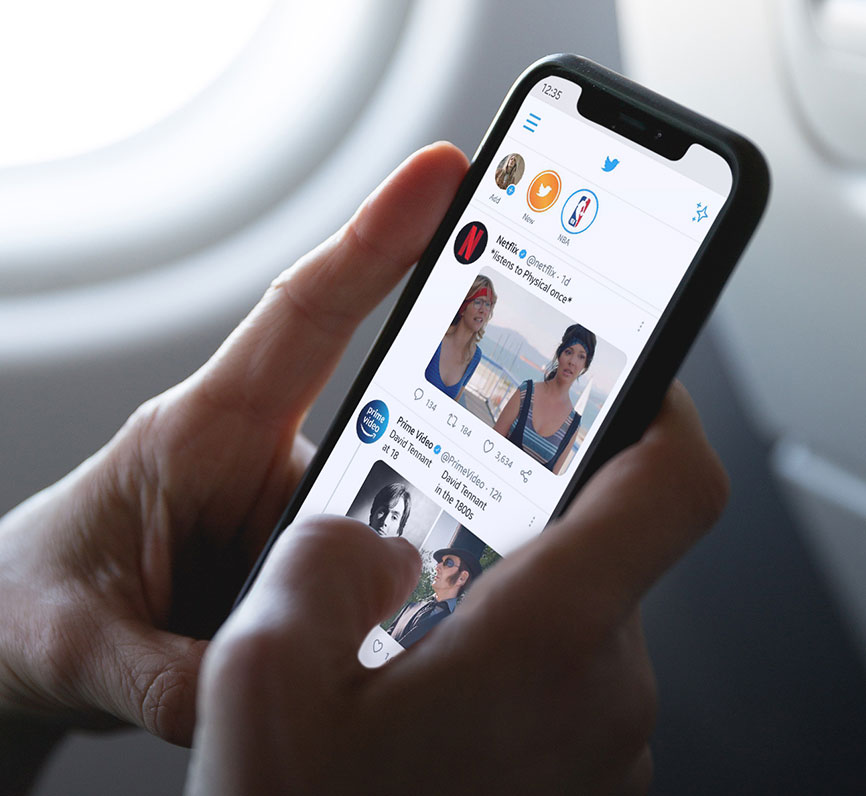https://embed-ssl.wistia.com/deliveries/517aa0f25bef621225661410ecabd071.mp4
With new product development, the difficult thing is that
+80% of new products fail
And while our processes changed some, because of changing consumer habits and the pandemic – really over the years, it’s just changing because when 80% of the products fail, you’re always trying to do better. So I think every company is really trying to improve their new product process and get better at it. For us,
what it really comes down to is just to better understand consumer habits, what are their wants, what are their needs
– and doing a lot of research around there to understand those habits along with just learning how to better communicate at the first moment of truth and how do we do better from a marketing support standpoint.

